Capital:
Katmandu
Currency
Rupee
Best time to visit:
October and November (immediately after the monsoon) are the most pleasant times to visit Nepal and especially for hiking in the mountains. Better to avoid both the monsoon period (from mid-June to September) and winter (from December to February), when it is cold almost everywhere. At high altitudes, warm clothing is required throughout the year.
In a word:
Namaste (I bow down to you)
Vaccines
- Malaria is present all year round in the rural areas of the Terai: antimalarial prophylaxis is recommended only in this area. Dengue is also widespread.
- During the monsoon, in the woods you have to beware of leeches, bring a packet of salt: it helps to detach them from the skin
- Especially for mountain hikers the risk of diarrhea is very high: use all hygienic precautions.
At the table:
Away from the tourist areas you will have to settle for daal bhaat (rice with stewed lentils), noodles, omelettes and instant soups. Meat (masu), quite rare because many Nepalese are vegetarians, is more easily found in the Kathmandu Valley. Try the momo (fried or steamed Tibetan ravioli) and Chinese-inspired dishes such as chow mein and noodles in broth. In addition to milk and palm sugar sweets, try Bhaktapur's famous juju dhau (the king of yogurts).


Warnings:
- Beware of fake guides who approach foreigners in tourist areas. Book the guide through a reliable agency.
- It is not recommended to take children under the age of one year above 1200 meters and children under 10 years old above 3000 meters.
- On average, between 7 and 8 years old, a child is able to walk 3 hours a day, alternating between the gears in which he is carried (in a wicker basket!)
Essential experiences:
Climb to the top of Sarangkot (1592 meters) to admire the Annapurna, a Himalayan massif; Easy trekking and a few days starting from the surroundings of Kathmandu; Easy kayaking on Lake Fewa in Pokhara; Cycling in Lumbini between temples and pagodas in the hometown of Buddha.
Lying at the foot of the majestic peaks of the Himalayas, Nepal is a land of ancient Buddhist and Hindu temples and extraordinary landscapes, crossed by the most beautiful trails in the world, it is the ultimate destination for trekking and mountain lovers.
A mystical and mysterious country that still fascinates and fascinates us Westerners very much: economically poor but rich in priceless natural beauties, culture and history. A place far from time, with landscapes dotted with temples, small ancient villages, breathtaking views of the peaks of the Himalayas and "prayer flags" waved by the wind.
A country that, unfortunately, was heavily hit by the 2015 earthquake, and that needs tourism more than ever to recover.
We leave, by land, from the capital Kathmandu, with its thousand Hindu and Buddhist temples, and we let ourselves be carried away by the relaxed and peaceful atmosphere of the area that surrounds the so-called "Kathmandu valley", up to the villages perched on the most impervious of the planet, such as Everest in the Himalayas and the Annapurna range before heading to India but only after saying goodbye to the native village of Buddha. We used only local means, old buses often very uncomfortable and in the company of chickens or goats along roads that were scenic but not always safe.
Our suggested itinerary (18 days) | |
seven days: | Kathmandu (visit Thamel Square, Durban Square, Pashupatinath Shrine, Bodnath, Bhaktapur, Patan, Swayambunath Temple) |
five days: | from Chisapani to Nagarkot (five day guided trek) |
four days: | Pokhara, excursion on Phewa Tal lake, climb up to Sarangkot |
two days: | Lumbini (visit to the hometown of Buddha), by land to the border withIndia |
Kathmandu, the economic and social heart of the country, a modern city, but at the same time the guardian of the traditions of the Hindu and Buddhist culture.
Became famous in the West between the 60s and 70s as a favorite destination for hippies from all over the world, it has subsequently built a respectable tourist reputation, thanks to its high cultural value that is expressed in the temples, in the ancient palaces, majestic stupas and monasteries.
Wandering through its historic center that leads to the legendary Durbar Square (where Bernardo Bertolucci filmed the "Little Buddha") you can breathe an almost medieval atmosphere.
Durbar Square gives an idea of what this small kingdom was in the past.
Many small sanctuaries, pagodas, Hindu temples ... just close your eyes to be carried away by the imagination in faraway enchanted places ...
The Hindu Temple of Pashupatinath stands on the banks of the Bagmati River and in 1979 became a UNESCO World Heritage Site. If you visit the site in February or March, take part in the Maha Shivaratri festival which draws over 70,000 people to the temple.
This is the temple where the life cycle comes to an end and where there are some areas destined to the pyres for the cremation of the dead.
The scene of a couple made me so tender, they must have been my age, after having recited so many strange rituals, for us Westerners, instructed by a guru with long dreadlock hair and with the classic red "tikal" on his forehead, they gathered everyone the remains of the rite in a large leaf and with a lot of hope they let it go on the steep and dirty waters of the Bagmati river.
Seeing a body burn on a ghat for the first time had a certain effect on me.
The phrase is really true: "dust you are and dust you will return".
Innocent children dive into the dirty water of the river, a few tens of meters ahead they were preparing for yet another cremation.
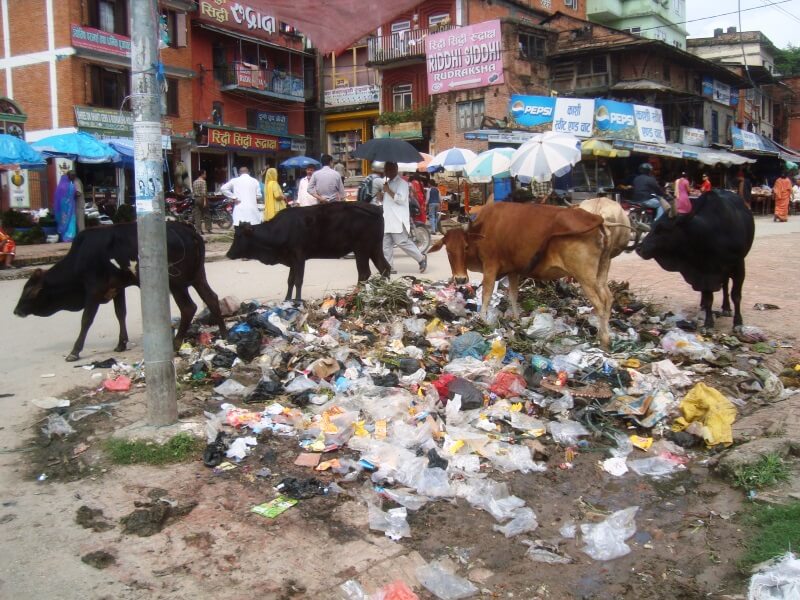

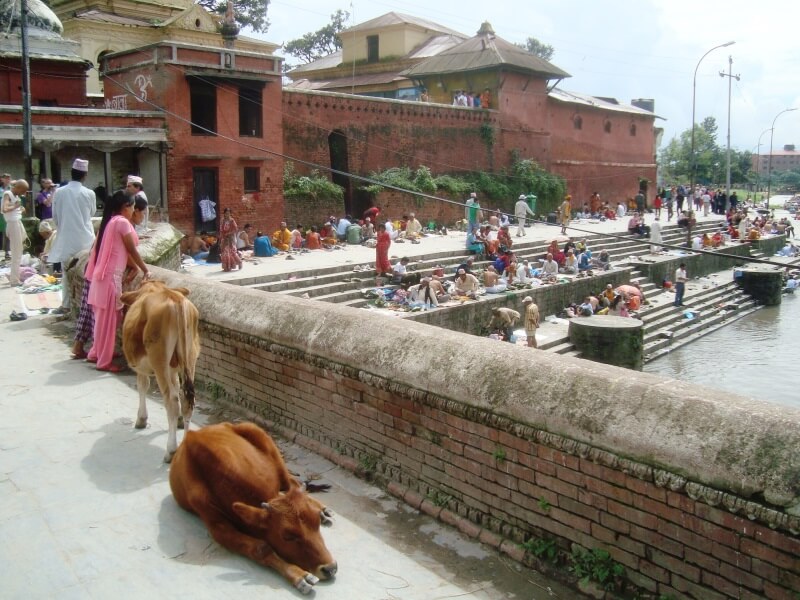
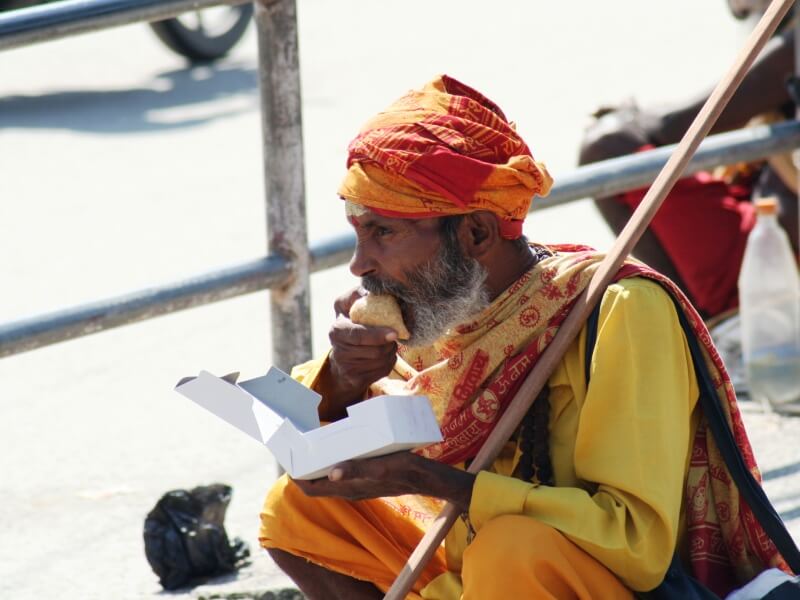
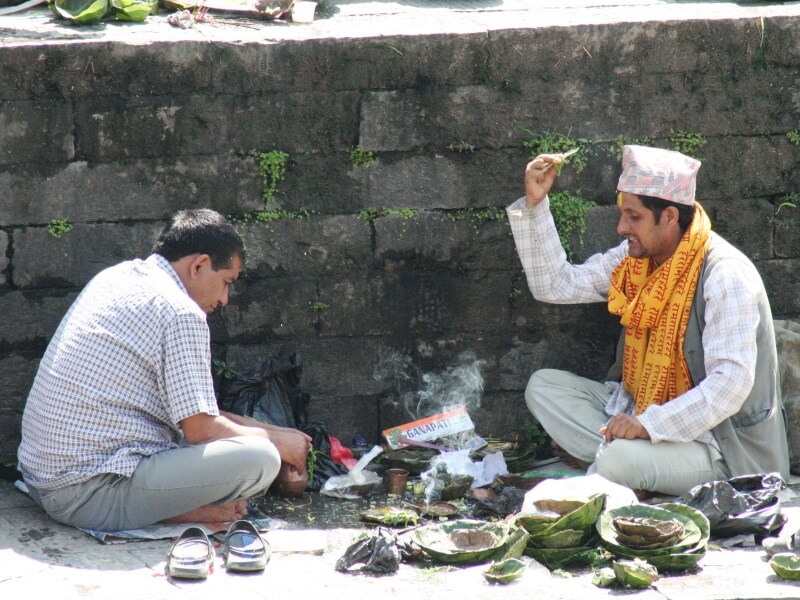
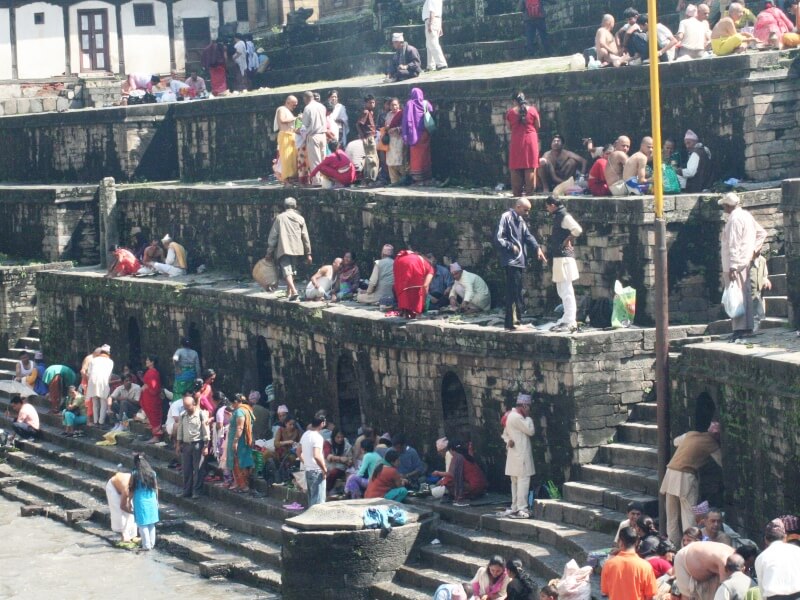
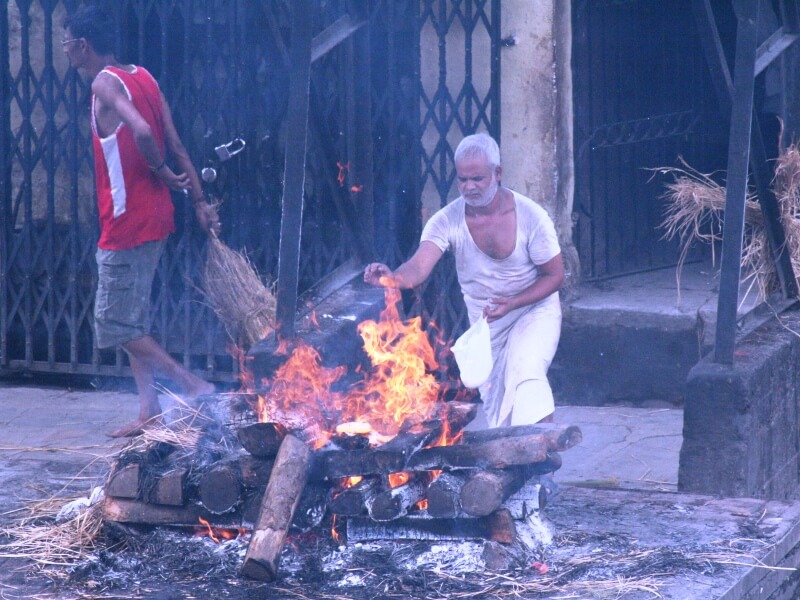
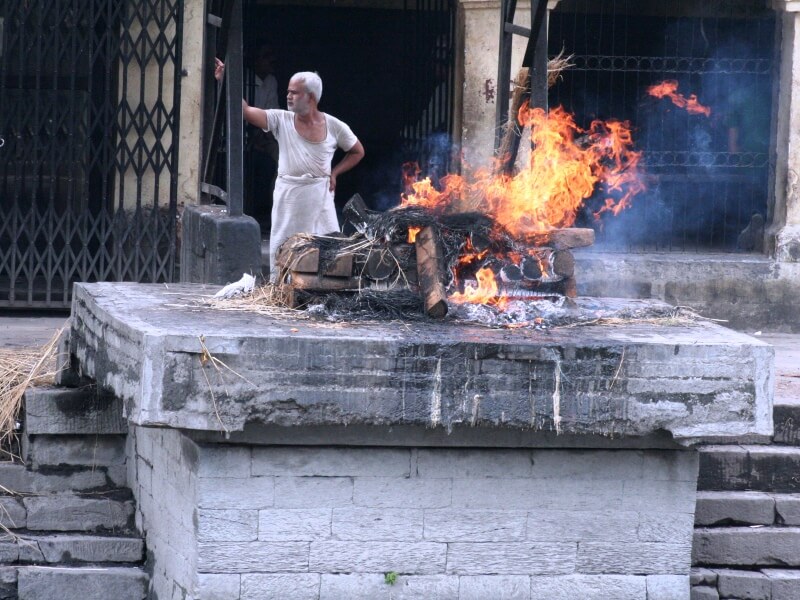
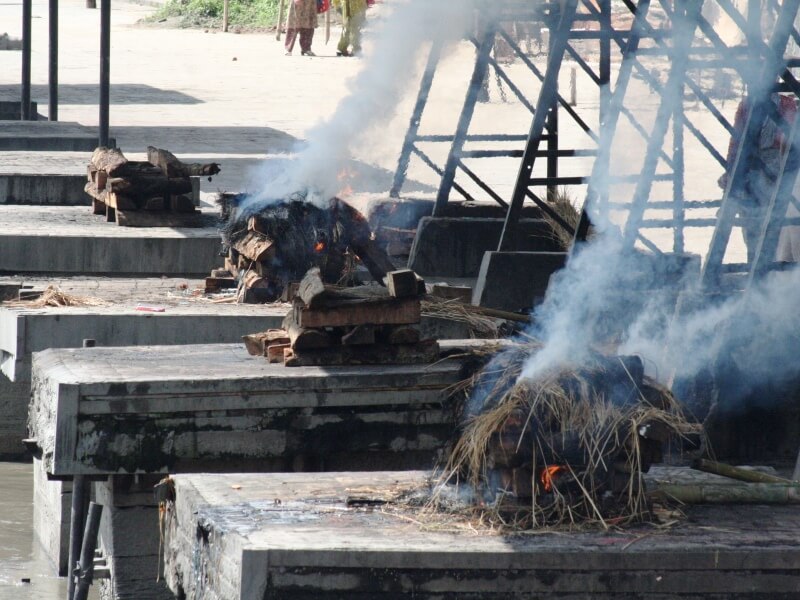
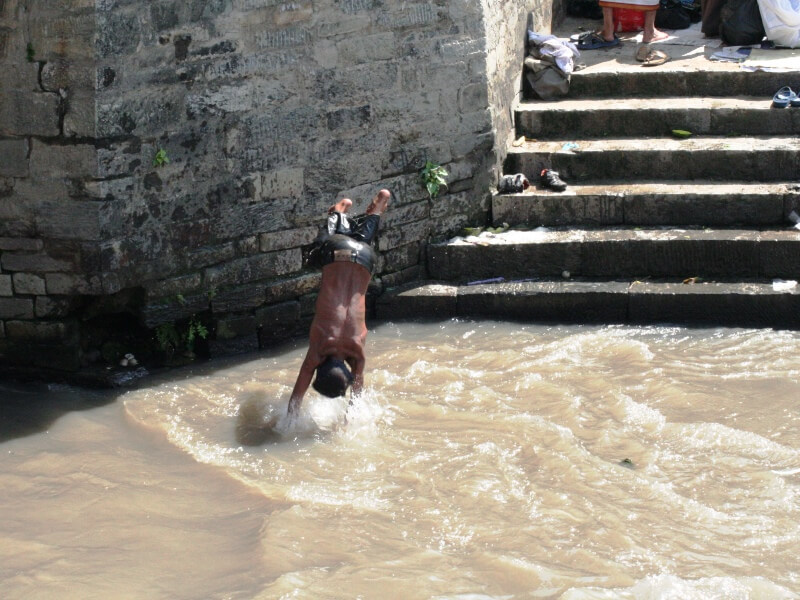
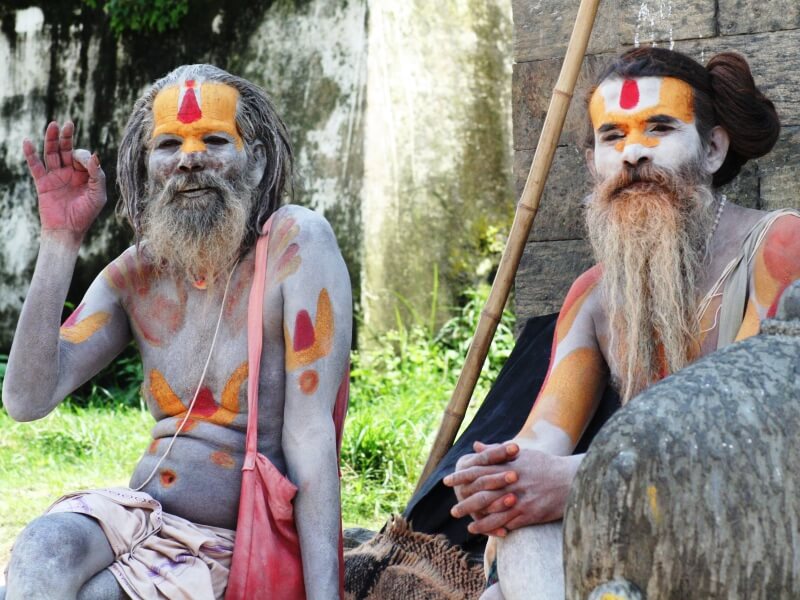
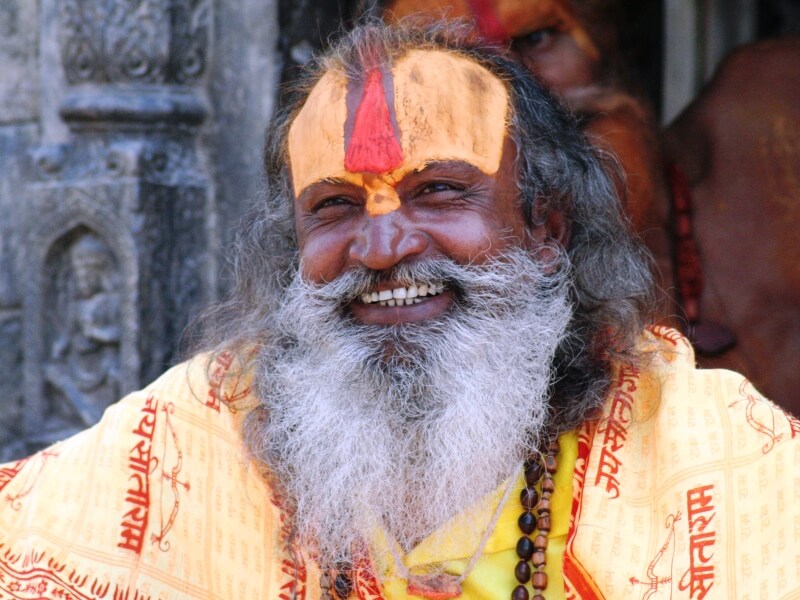
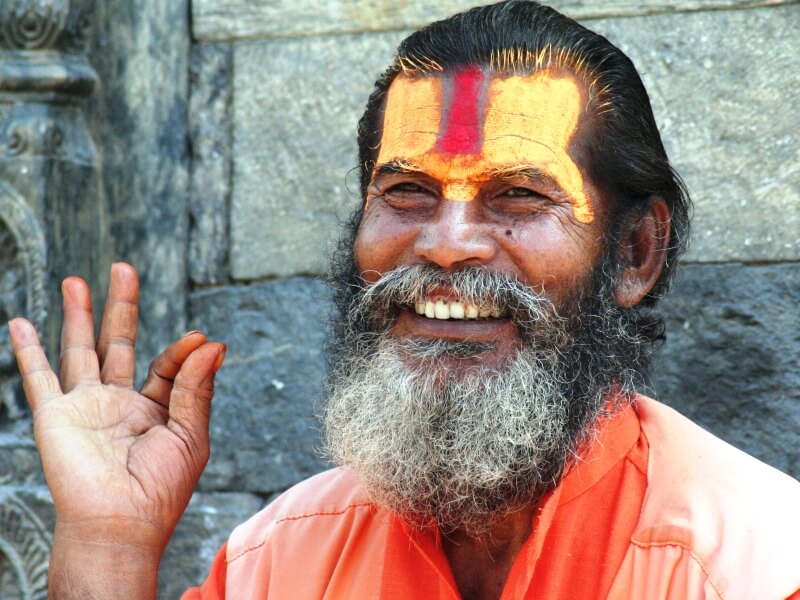
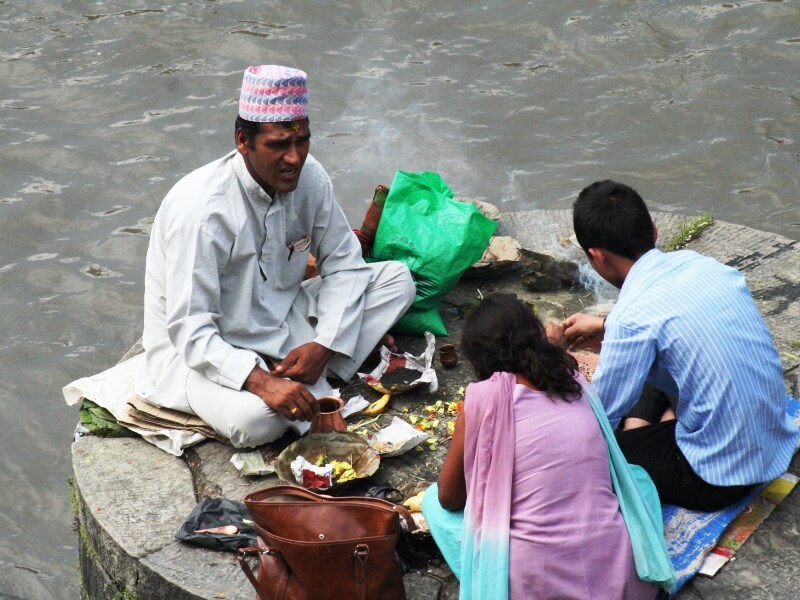
Located along an ancient trade route, this place of meditation is a must for any spiritual journey to the Kathmandu area.
Boudhanath is one of the largest stupas in the world and for centuries many Tibetan merchants and traders have offered their prayers to this land.
Here we are literally thrown back in time.
The huge white stupa in the center of the sacred place dominates the scene.
All around there are many bells of all shapes and sacred objects to be rotated clockwise by pushing them with your hands, it is said that their movement spreads the prayers and hopes placed in them!
Bhaktapur is one of the many city-states of the Himalayan area, once thriving, now showing the remains of its former glory
Declared a World Heritage Site by UNESCO, located in the surroundings of Kathmandu, within the area there is also the temple of Nyatapola, the famous Taumadhi square and two other historic buildings, the temple of Dattatreya and Pujari.
Touched by the earthquake of April 2015, Bakthapur was partially damaged by the earthquake, the signs of which are still visible, not so much for the collapsed buildings (there are some, nestled among those that resisted the shock) but more for the many tips placed to reinforce the stability of temples and stupas that have not crumbled, but on whose facades it is possible to see the cracks or scars of fallen ornamental parts.
A must is the ancient temple of Swayambhunath, also called the monkey temple, where you can climb the more than 300 stone steps to enjoy one of the most evocative views of the capital of Nepal.
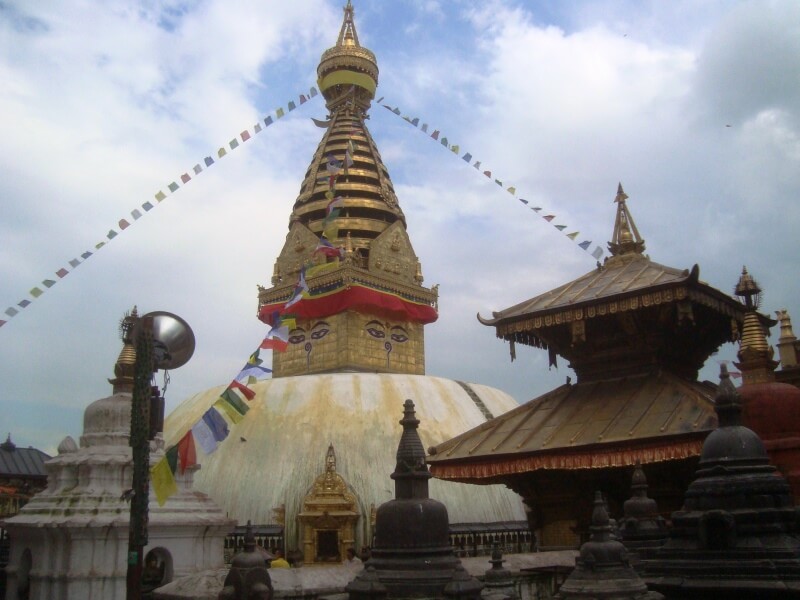

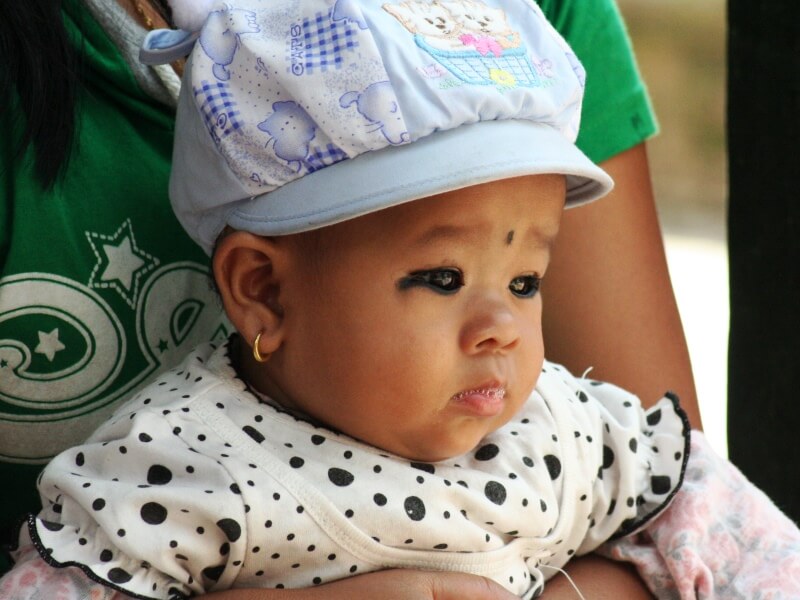
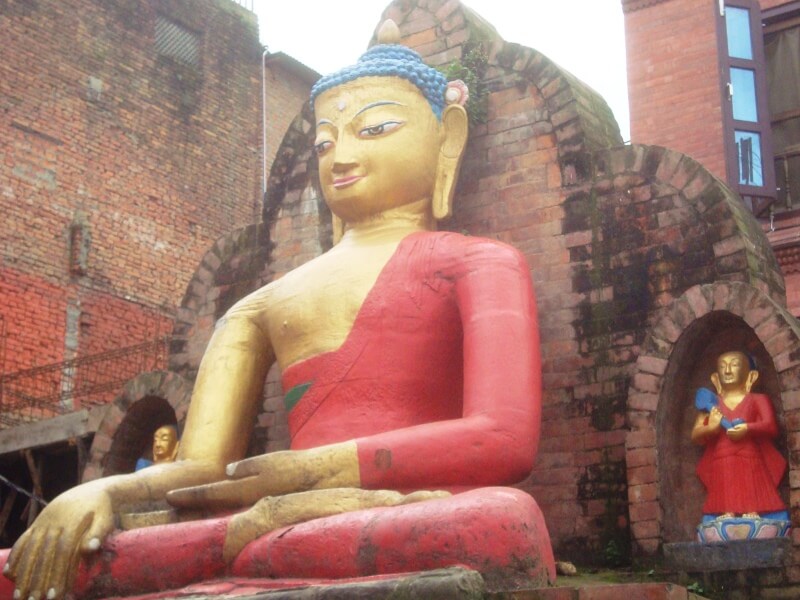
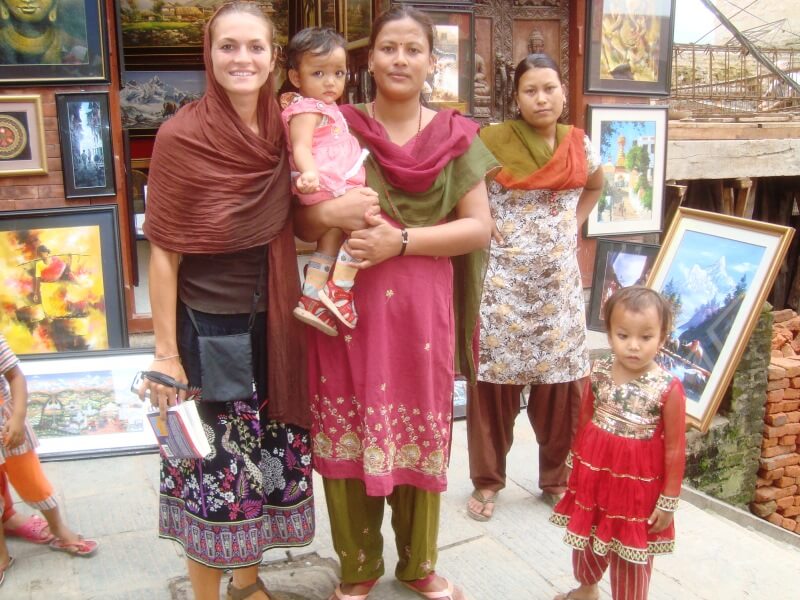
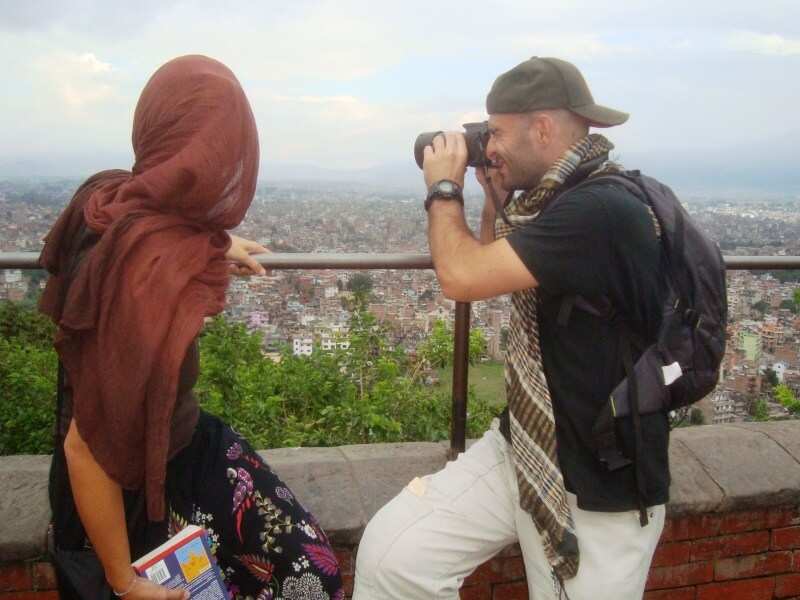

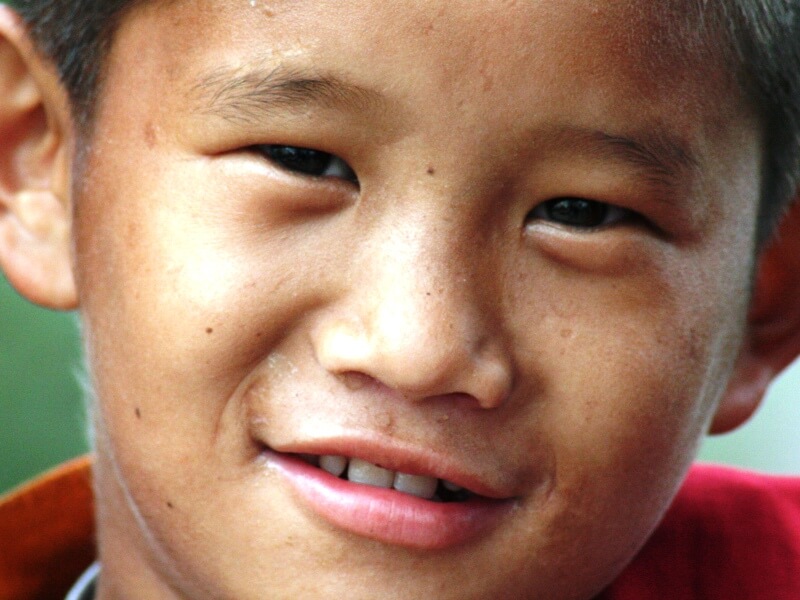
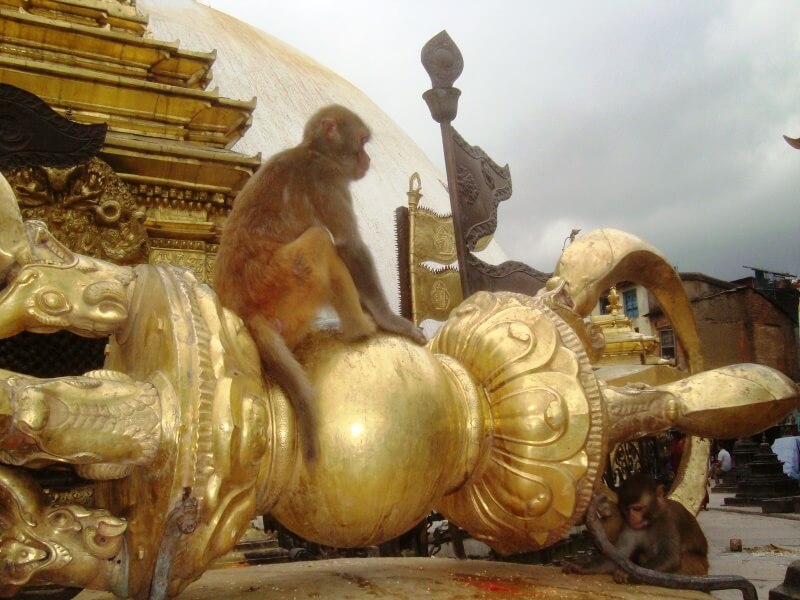
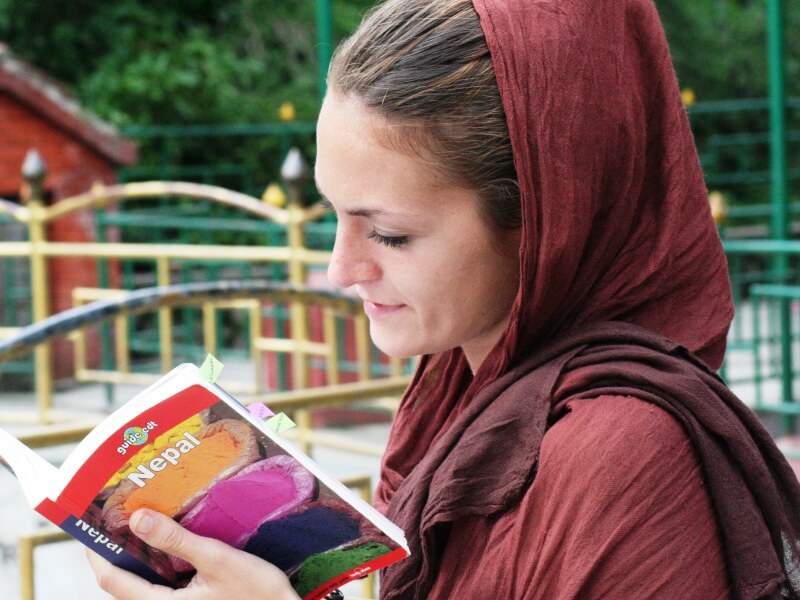
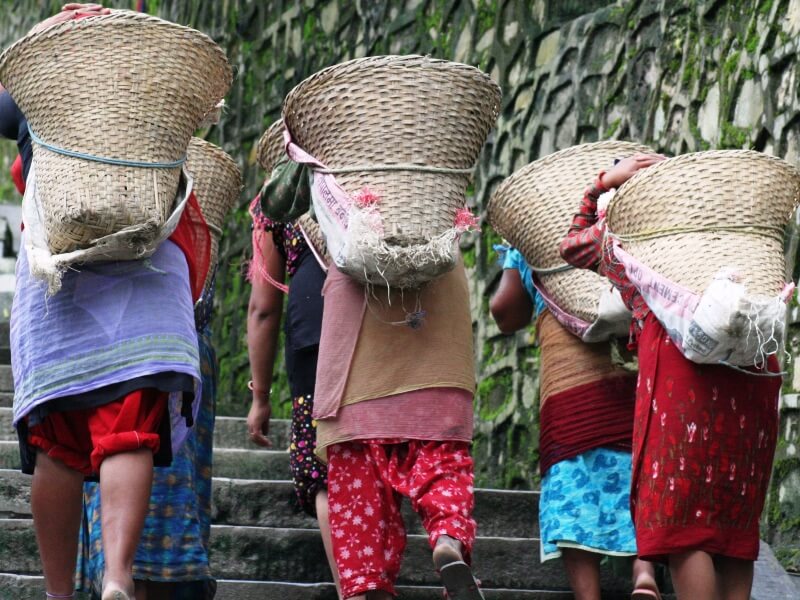
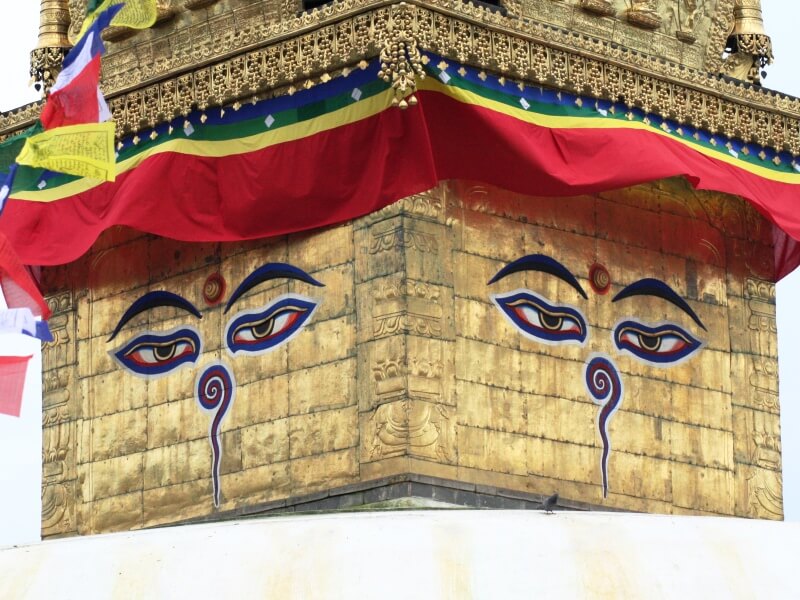

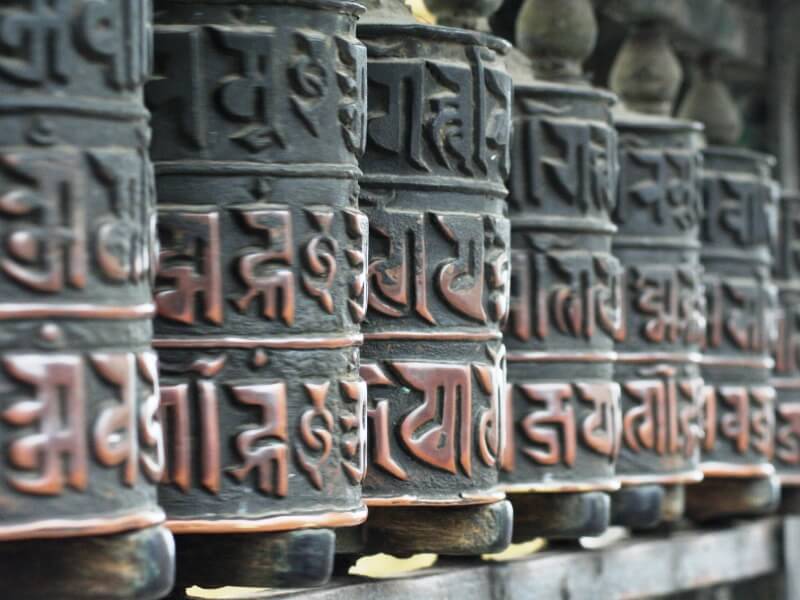
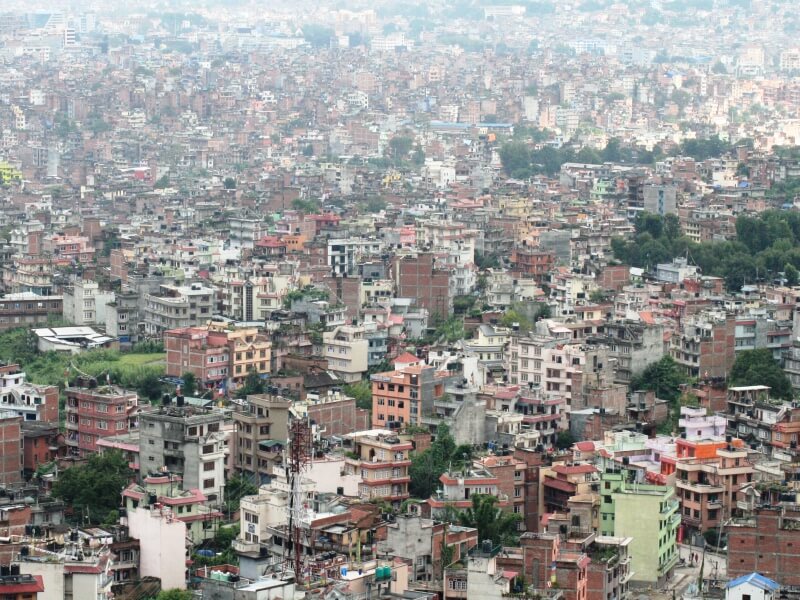

Finally we stop in Patan which welcomes us with its majestic royal palace, its suggestive alleys, pagodas and statues of a thousand shapes, smells, smokes, devoted believers.
Last tour in the Thamel area, with its narrow and always very crowded alleys, where restaurants specialized in typical local cuisine, shops for trekking equipment, (watch out for the North Face fakes) and travel agencies are concentrated .
We decide to rely on one of them to organize our trek along the Annapurna route in order to have a guide for the next days into the wild! This is the advice I feel I can give to everyone in order to favor local agencies and be able to enjoy, without worries and stress, the thousand treks in Nepalese mountain nature
Today we leave the capital of Nepal, in these days we will dedicate ourselves to discovering the Himalayan nature ...
Writing a diary after a trek is truly "liberating".
Today twelve kilometers of paths, climbs and descents.
Sometimes I looked ahead and thought: “I'll never make it to the top”.
Shortness of breath, droplets of sweat down from the back, tense muscles and we, step by step, left the miles behind to immerse ourselves in the most uncontaminated nature. The chirping of birds, the butterflies that accompanied you flitting around you ...
It starts to rain, we take shelter with big plastic bags, we continue up to a group of buffaloes that blocks our way, suddenly the sun sets just when we decide to stop and spend the night in a very spartan village, we will sleep on benches in wood, it is very cold, we are still wet but happy! The surrounding landscape is surreal… let's try to breathe deeply and fill our eyes with so much wonder!
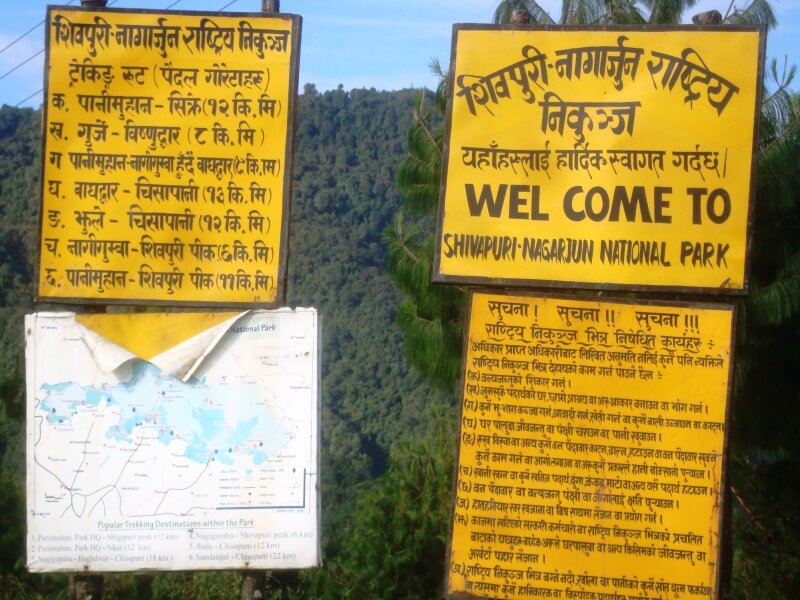

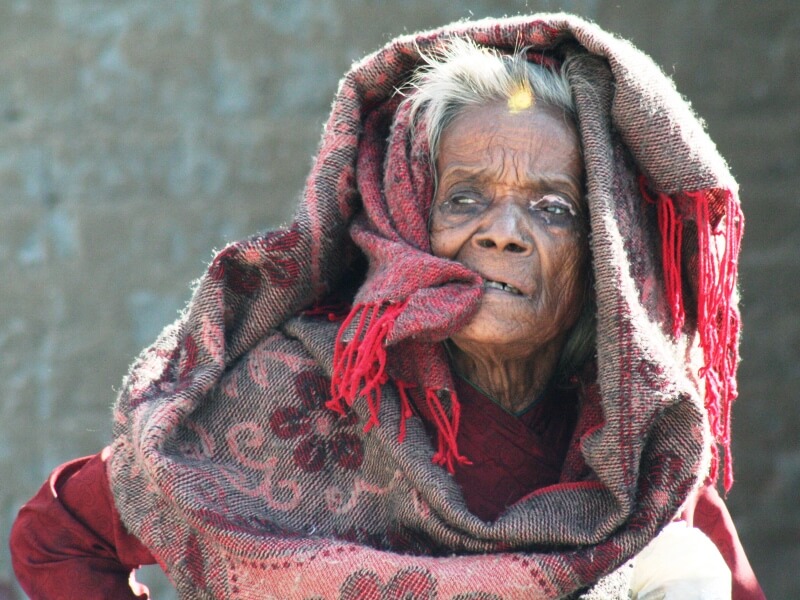
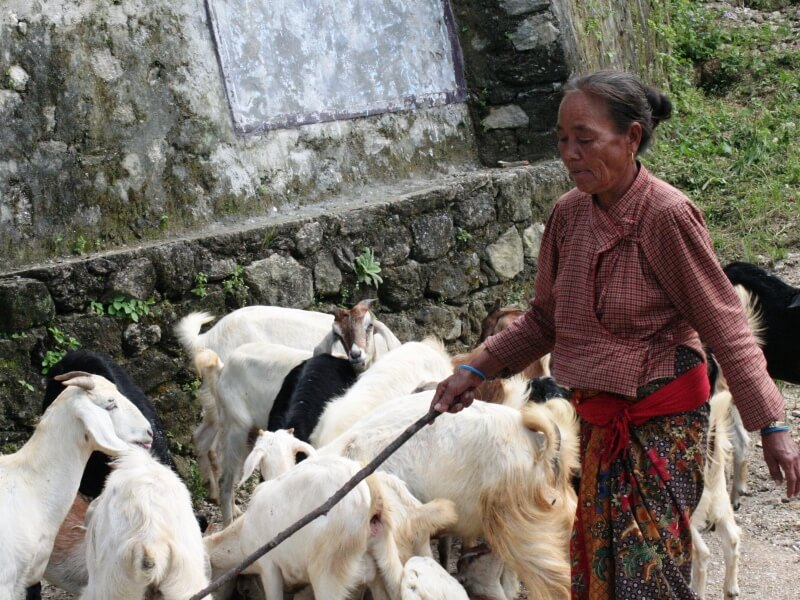
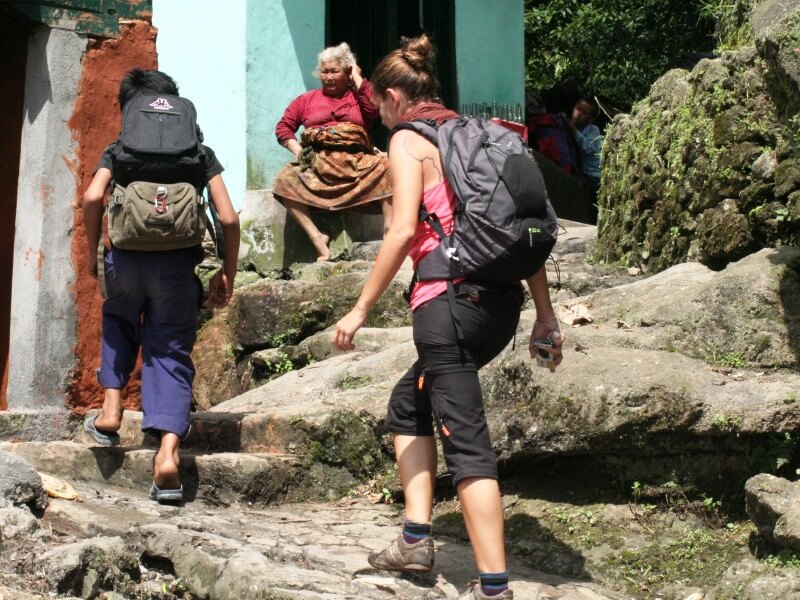
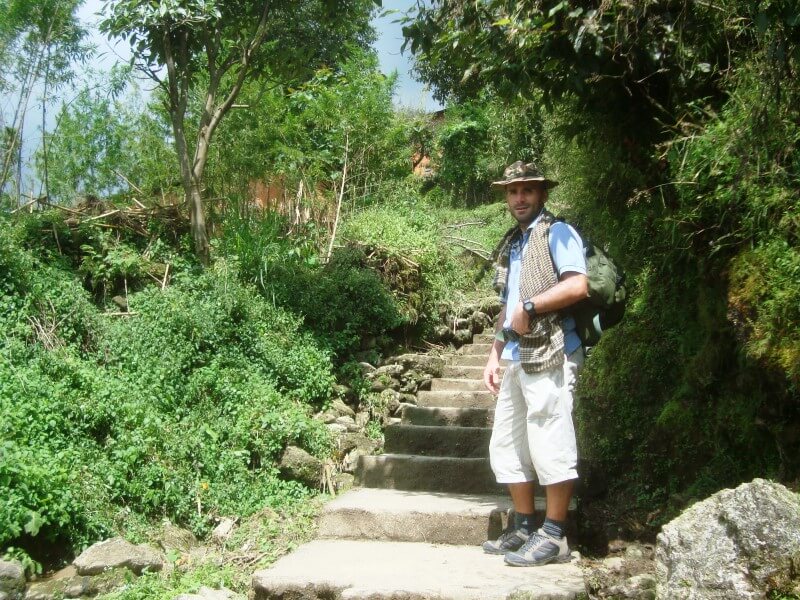
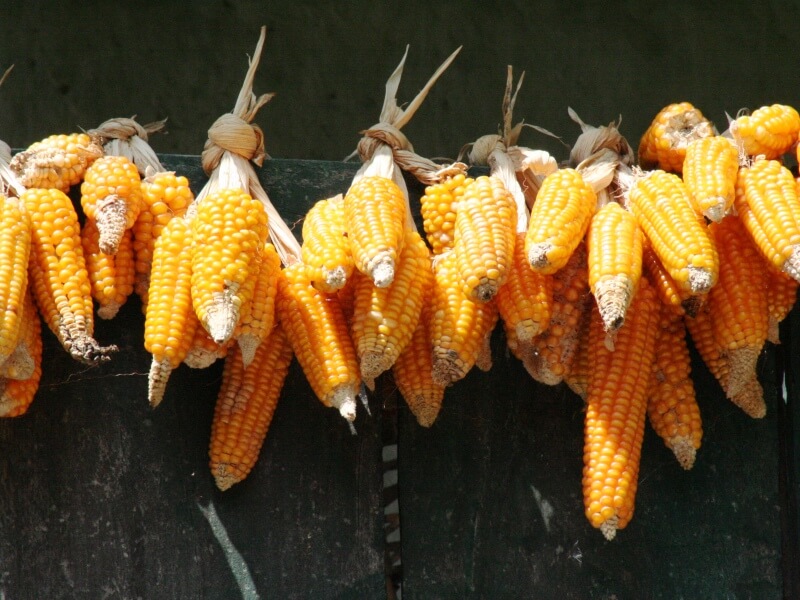
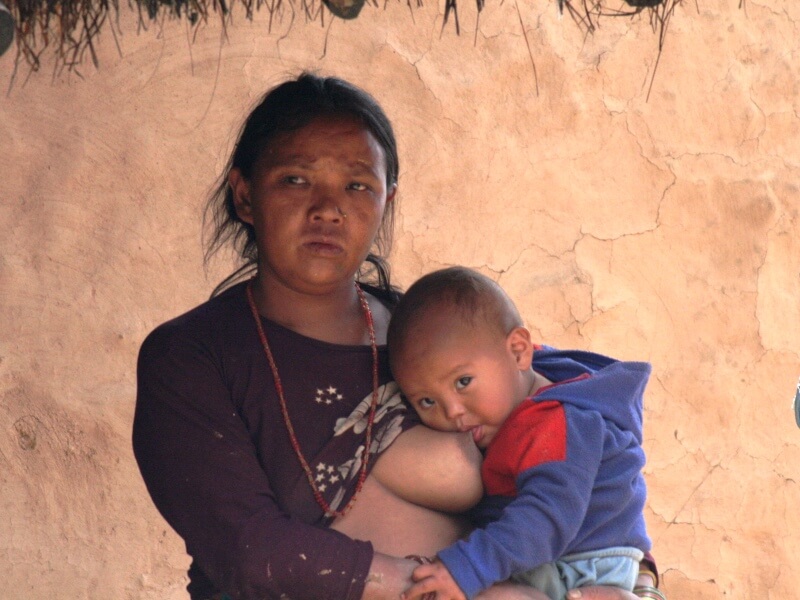

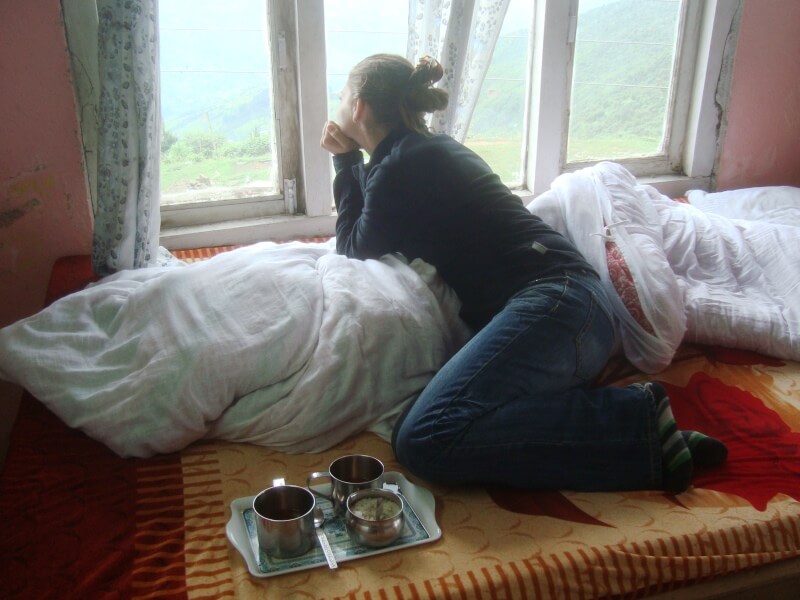
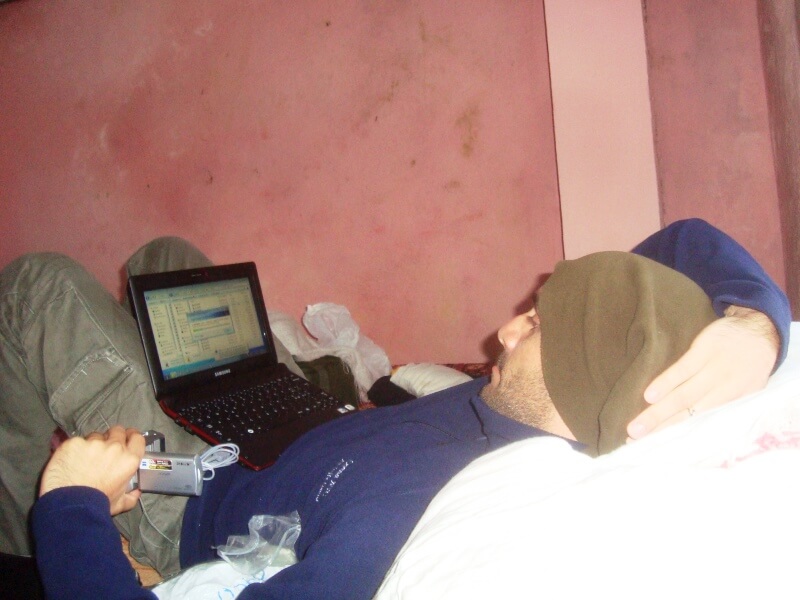
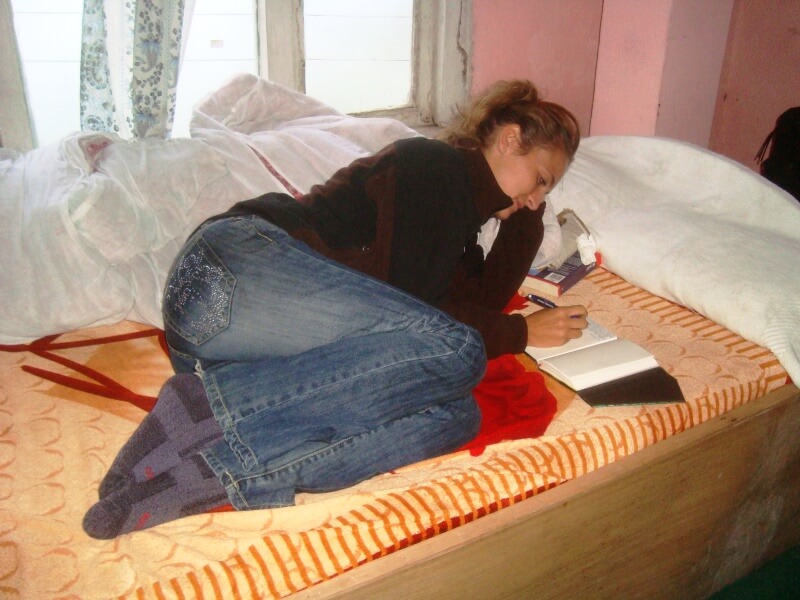
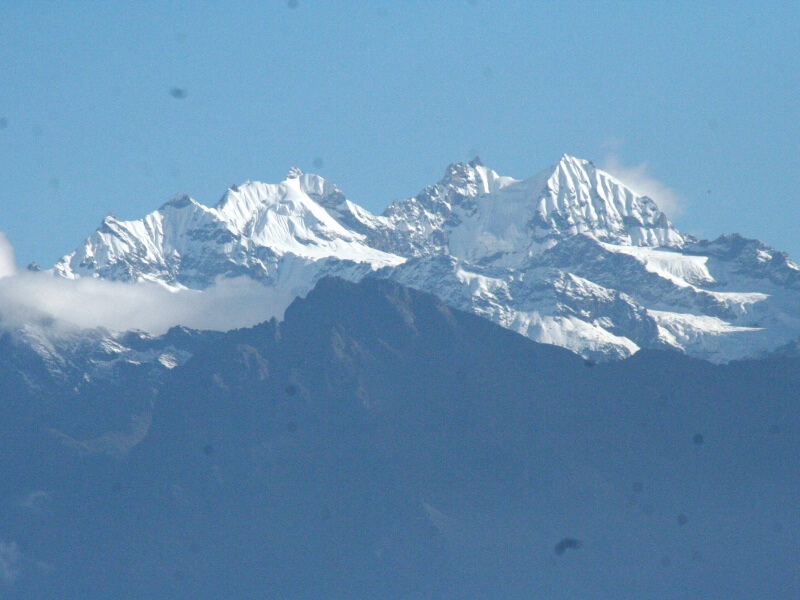
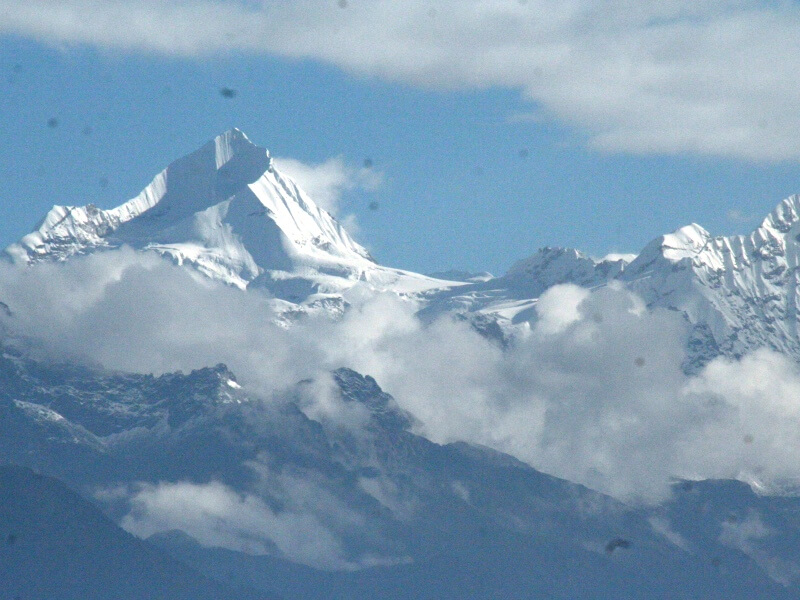
Today the legs have held up the sixteen kilometers that separate Chisapani from Nagarkot.
I slept very little last night. There was 100% humidity on the wooden bench, completely wet blankets, broken window, clogged bathroom ...
The alarm goes off at 6.45 am and after a chapati with lots of honey we set off straight away.
The first ten kilometers passed quite quickly, the road was pleasant and surrounded by nature, we even took the opportunity to hang our wet clothes on the backpacks as a walking clothesline.
In the late morning we stop for a while to eat a little something and rest for a while.
After an hour from our restart, suddenly a heavy downpour arrives, again, we all continue undeterred, we must reach our destination before it gets too dark.
Today should be the easiest day of the trek given the only 5-6 kilometers of road but the heat and the slippery paths made us struggle enough!
It was very interesting to cross the many small villages on foot, step by step, observing, without bothering, their simple everyday life.
Once in Sankhu, soaking wet, by taxi we return to Kathmandu and during the transfer already a thousand images began to populate our mind: the climbs, the drinking of water from the bottle, the rain, the mountain paths, the cold uncomfortable nights in the taverns, landscapes, snow-capped peaks, the "namaste" of curious children or tired old people. We feel full!
Back in the capital, today we try to reorganize our ideas in view of the second part of this exciting journey to discover Nepal!
At 6.30 in the morning we leave by bus for Pokhara.
We didn't mind leaving the capital with its smog, its sprawling traffic, its confusion, its dirt, especially after the days spent completely surrounded by nature.
As we moved away, the whole surrounding landscape changed.
An increasingly imposing green began to dominate the scene, high mountains, streams, rivers, woods completed the background.
Pokhara, the "city of lakes", as it is called in Nepal, is located at the foot of the Annapurna mountain range, one of the highest peaks in the world and (almost) impossible to climb. It is the second largest city in the country in importance and size, located at an altitude of about 1,000 meters above sea level, in the Gandaki region.
Pokhara is a very popular destination for hikers, in fact, daily trips are organized on foot or by boat in the beautiful surrounding area, to see the beautiful 7 lakes in the area.

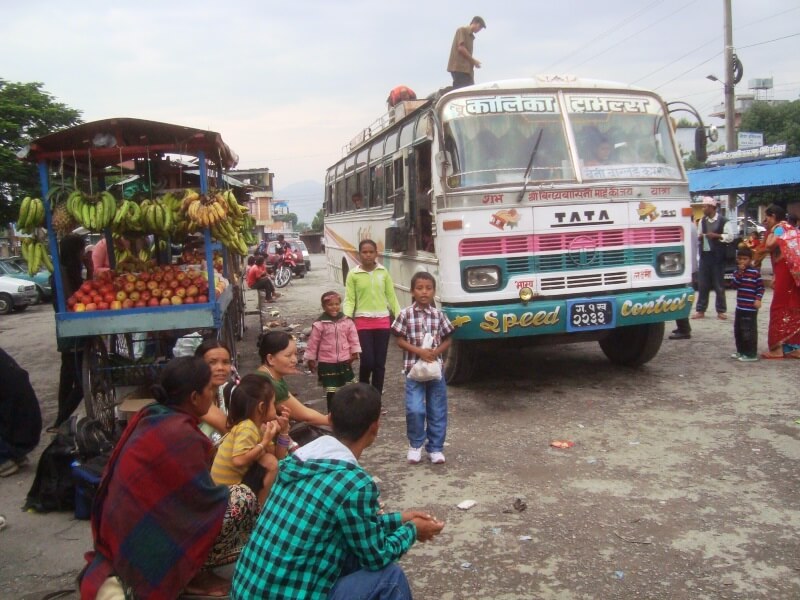
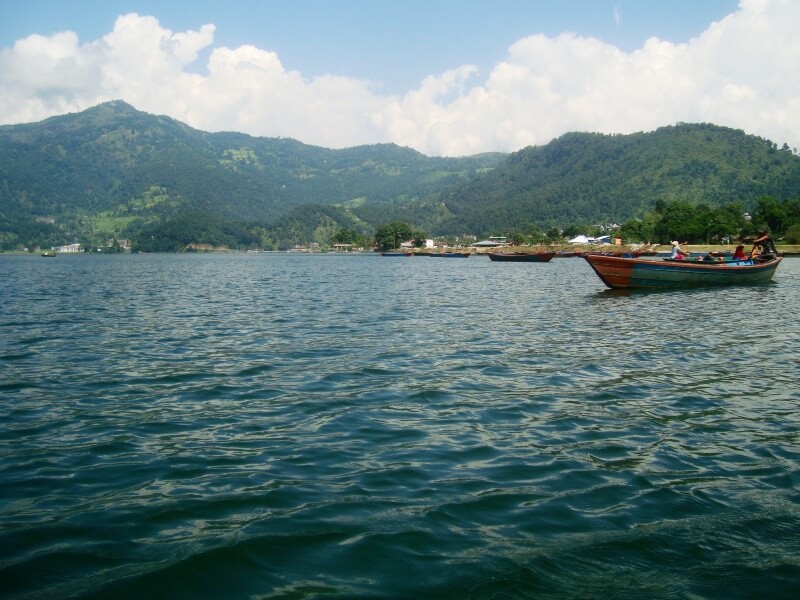
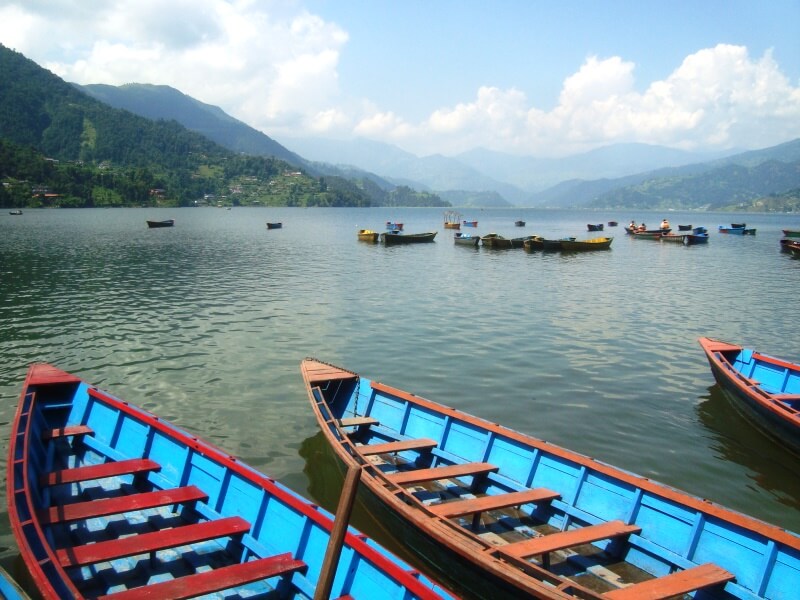
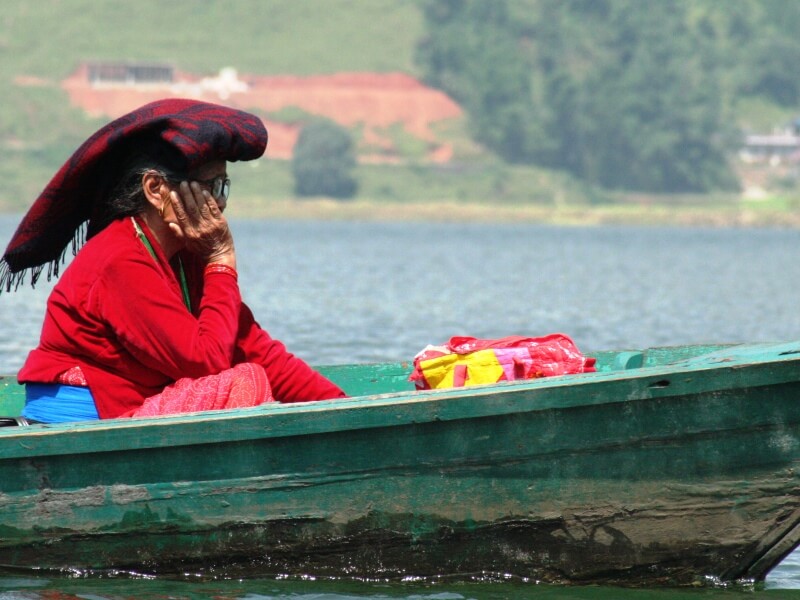

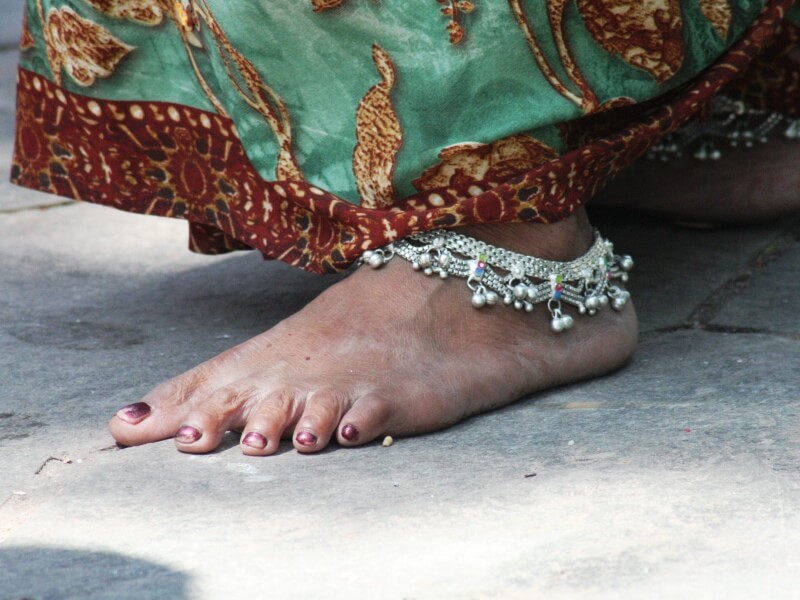
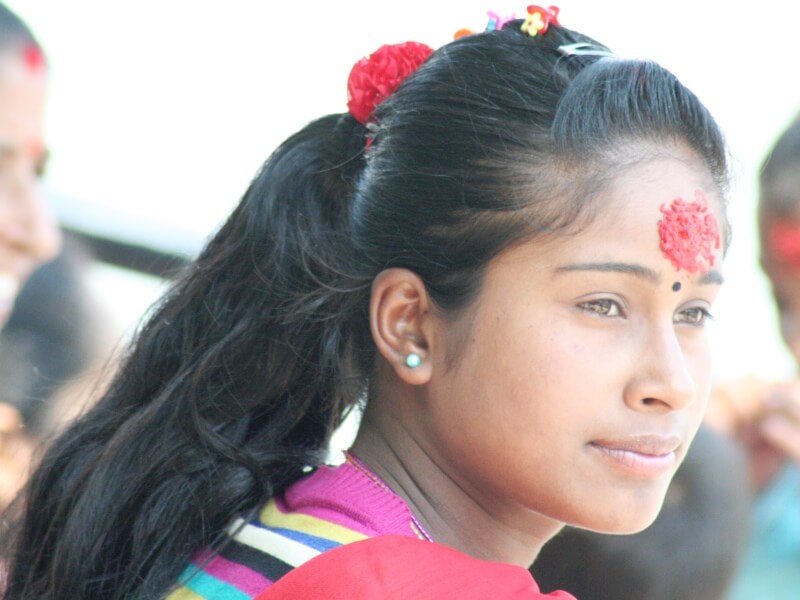
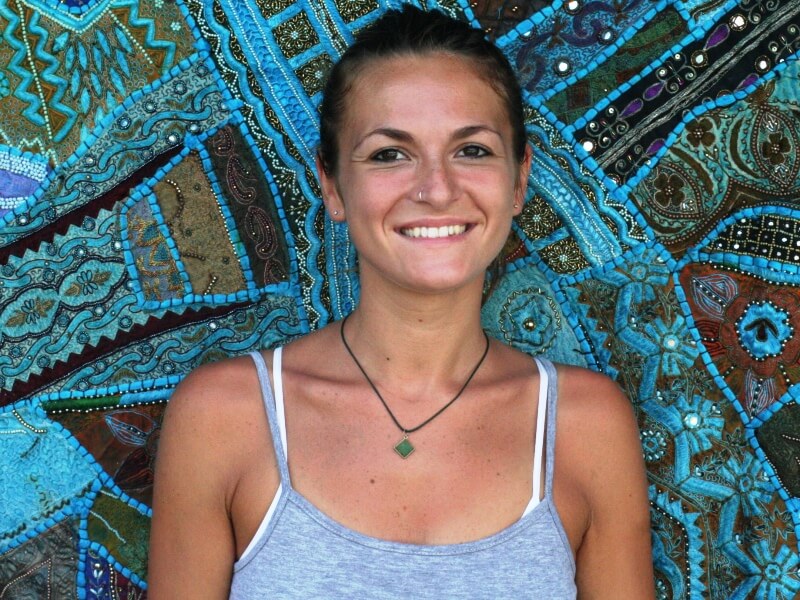
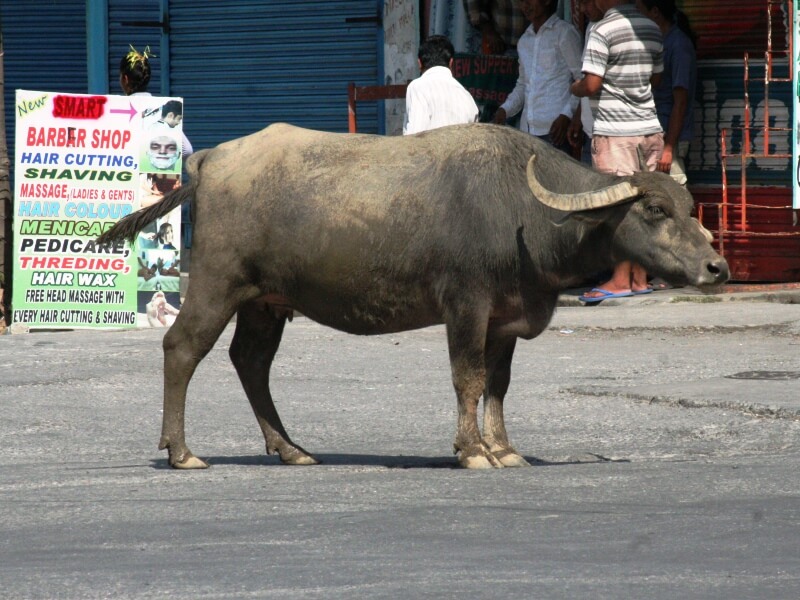
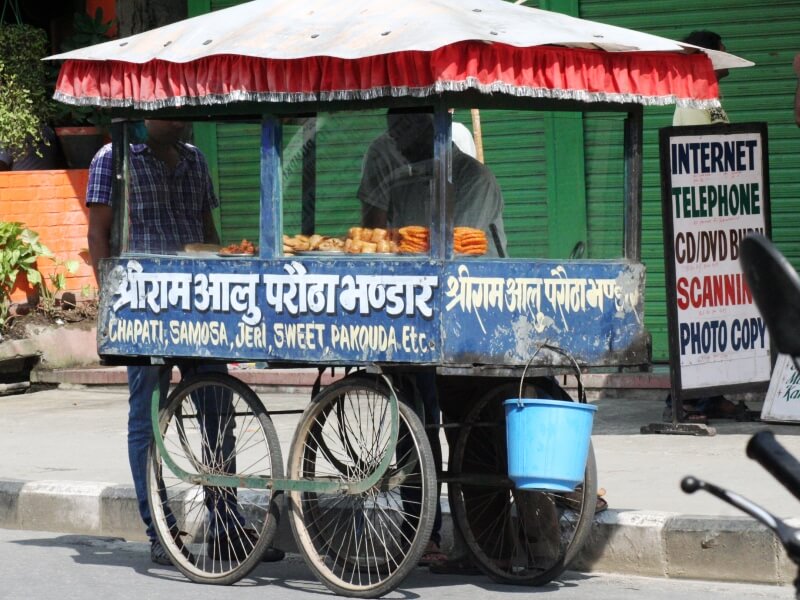

Near Pokhara there is the village of Sarangkot.
Early morning departure to reach the local bus station.
Our little bus is stormed in the truest sense of the word. People came out from every corner and were swallowed by the tin box!
I was impaled between 3-4 kids on one side, an entire family on the other, various elderly ladies behind me and another 2-3 kids in front ...
Suddenly a little goat also emerges between my legs that occasionally licked and nibbled my calf as if to move me with compassion ... poor thing, maybe she knew they were leading her to sacrifice!
The Pokhara - Sarangkot transfer is very folkloric.
Finally, at the scream of a half-rasta type, our bus stops, fighting we conquer the exit. We are out!
You can breathe! The air is pure, there is no mess and we are the only ones around.
We stop immediately at a viewpoint to admire the city of Pokhara from above and its lake.
But we leave soon: we must conquer the top!
It is tiring but the view from above repays us for all the efforts.
Our approach to the border with India begins but first we decide to stop in a very special town.
Lumbini is a historical site of the Buddhist tradition and is said to be the place where Queen Mayadevi gave birth to Siddartha Gautama in 623 BC.
Lumbini is a monastic area and boasts numerous monasteries to admire. In addition, the law prohibits the construction of hotels and restaurants in the area and in the immediate vicinity.
Last Nepalese stop before diving into the chaotic for a few months India... but this is another story!
Error: No feed found.
Please go to the Instagram Feed settings page to create a feed.
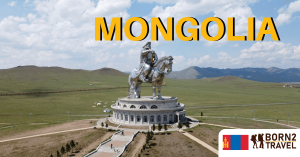
Mongolia Capitale: Ulan Bator Moneta: Tugrik Periodo migliore: Il periodo